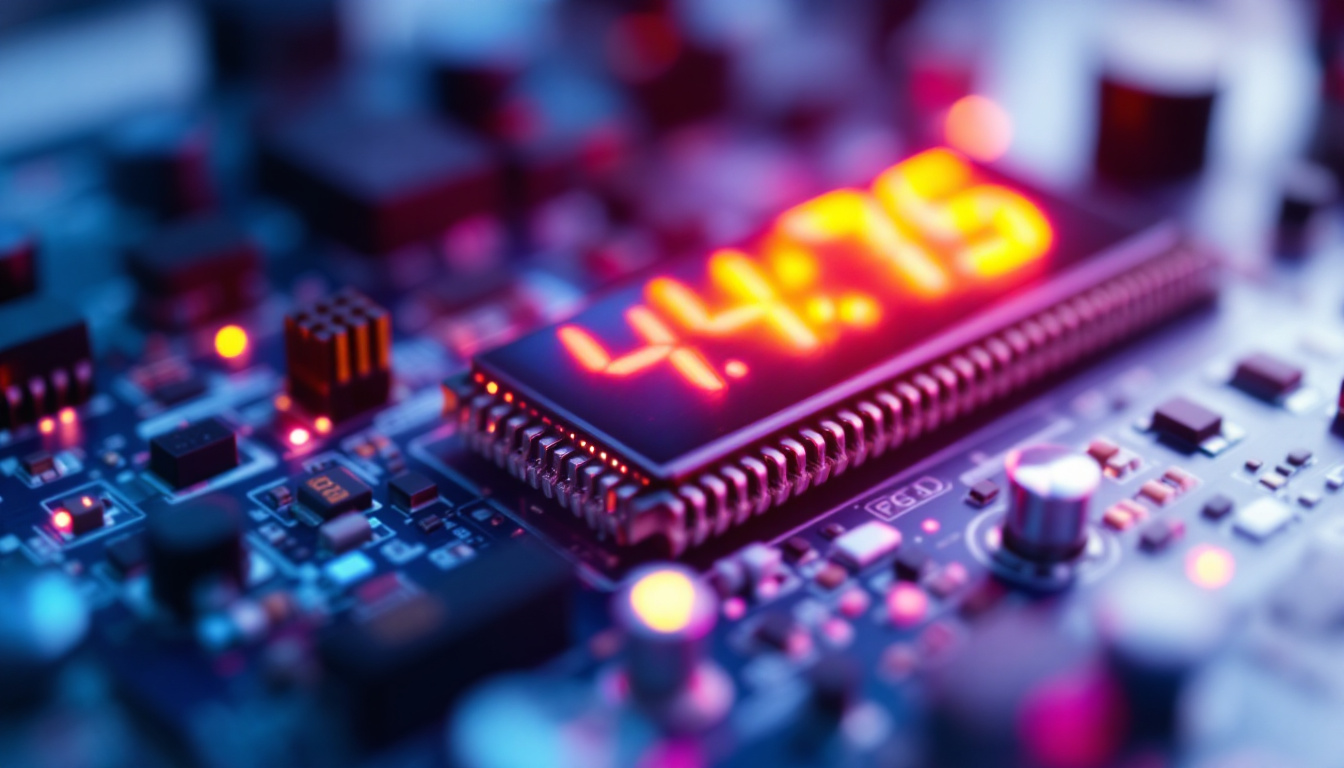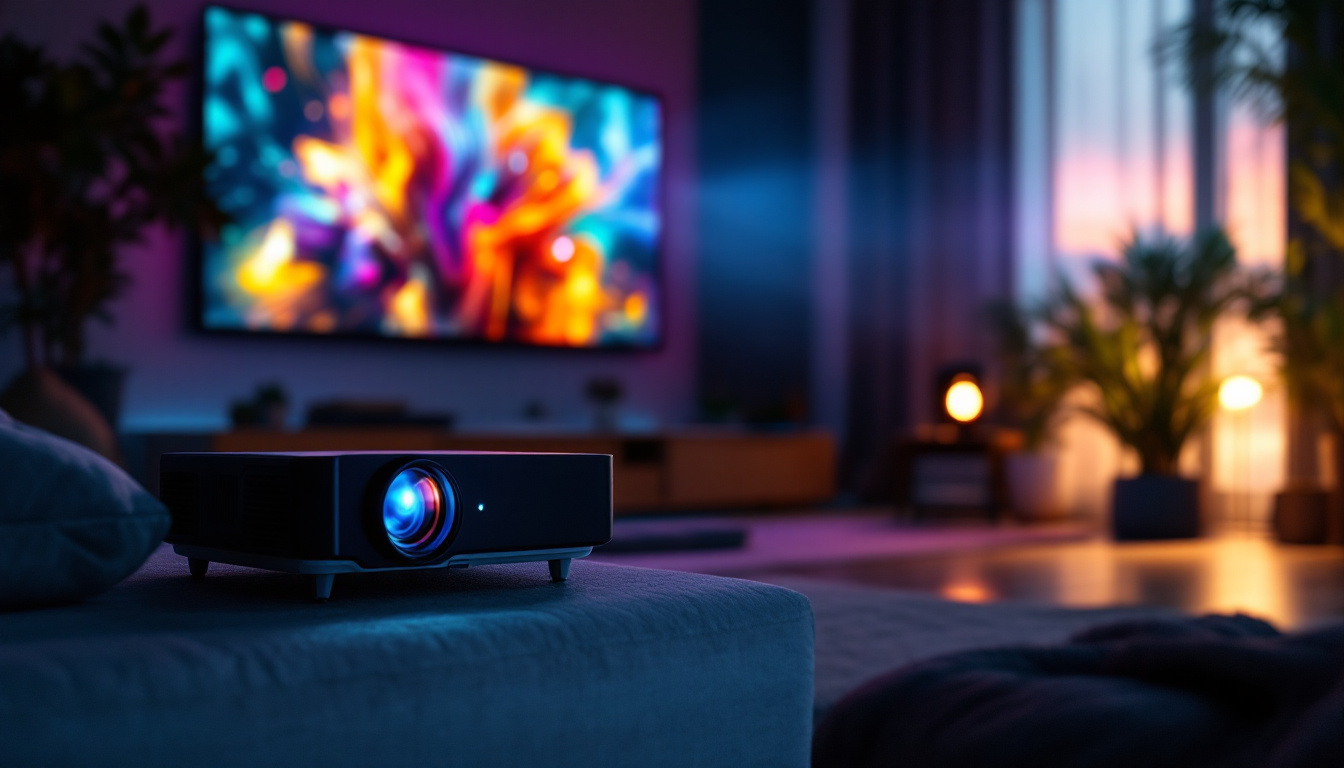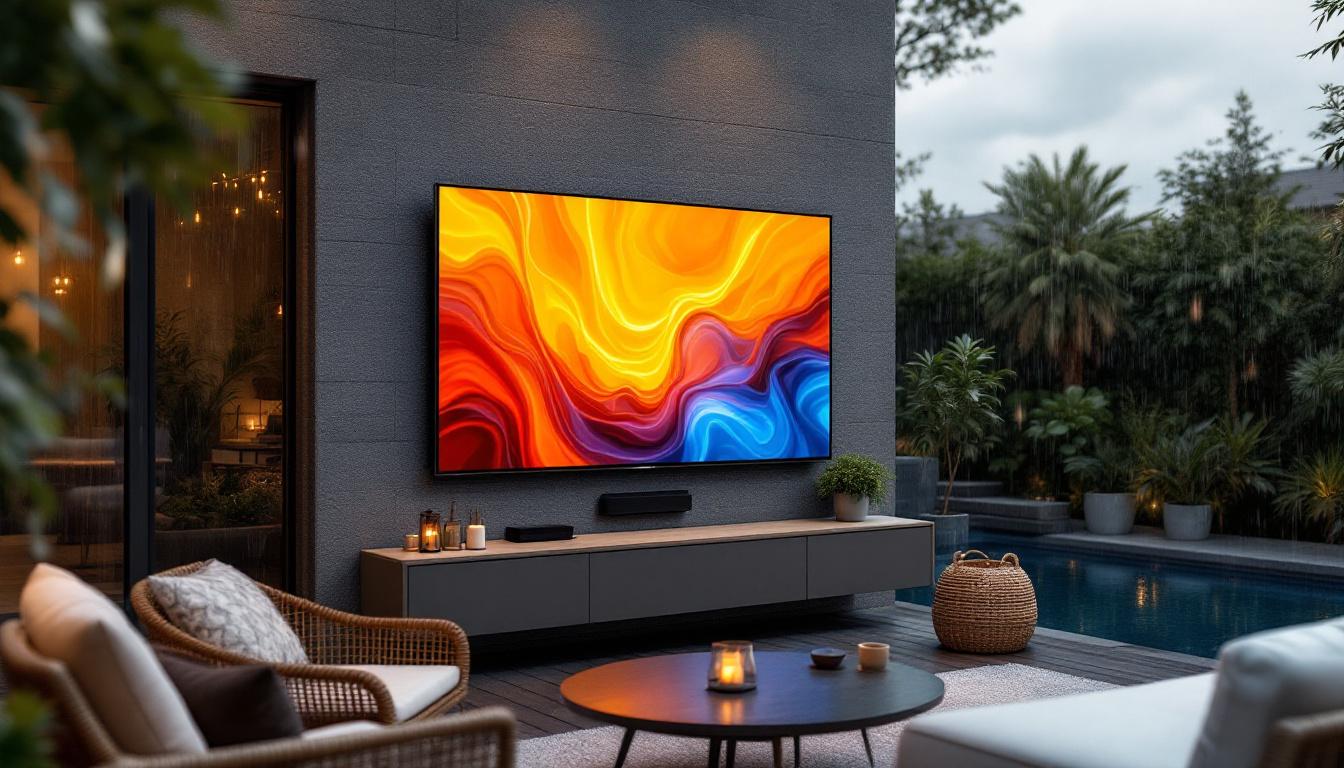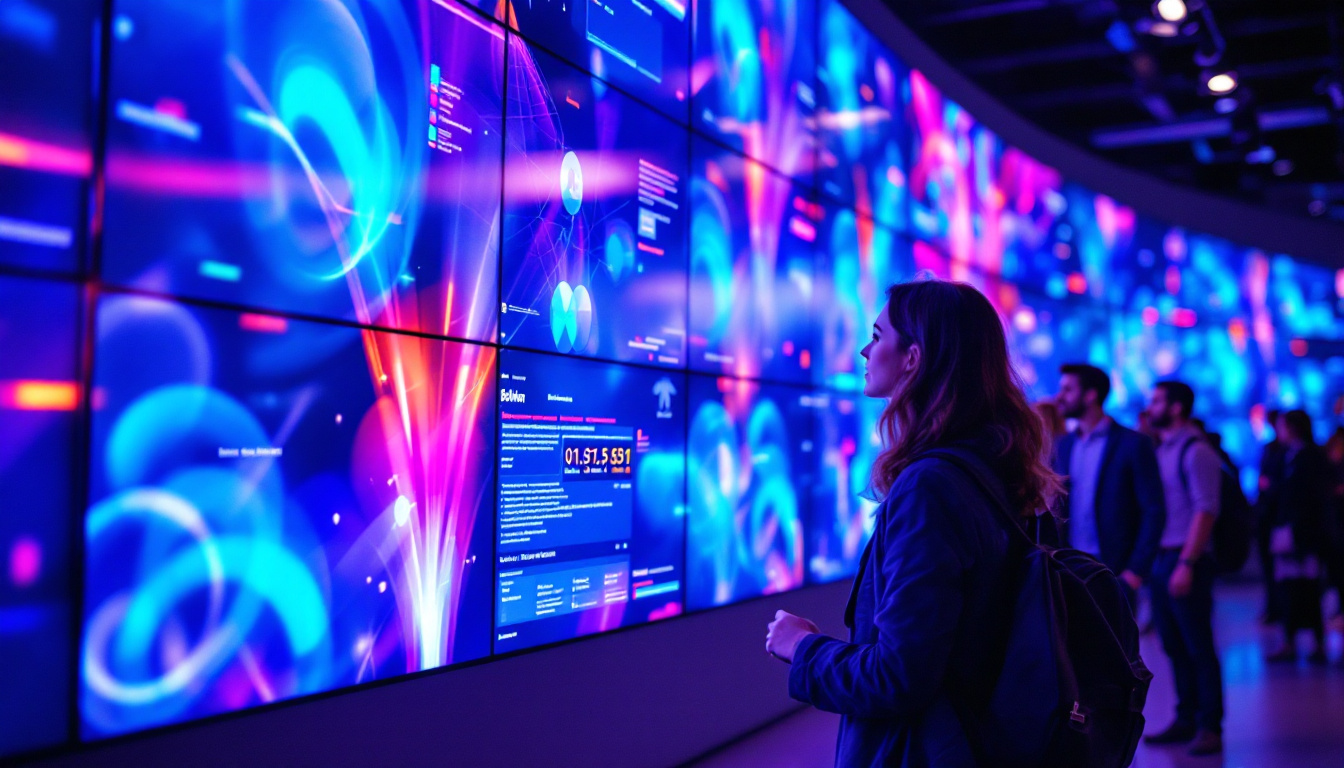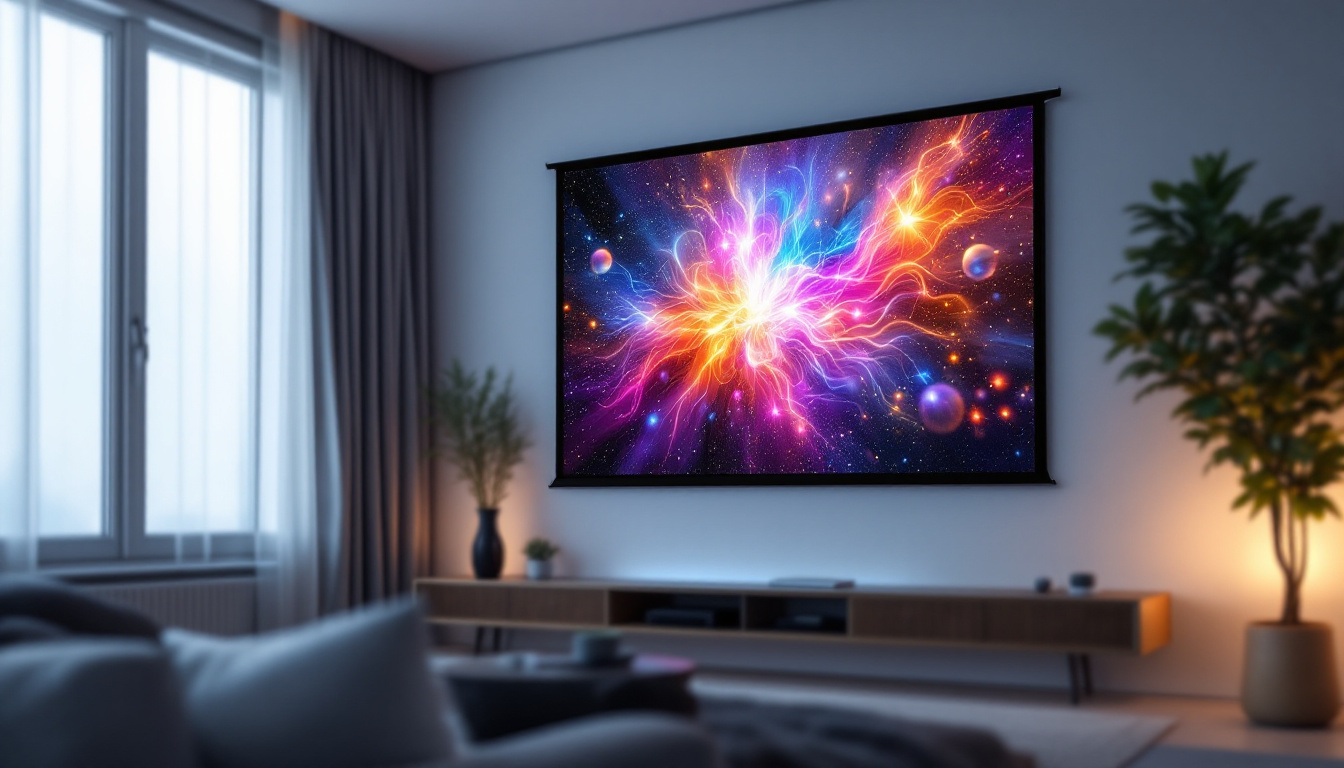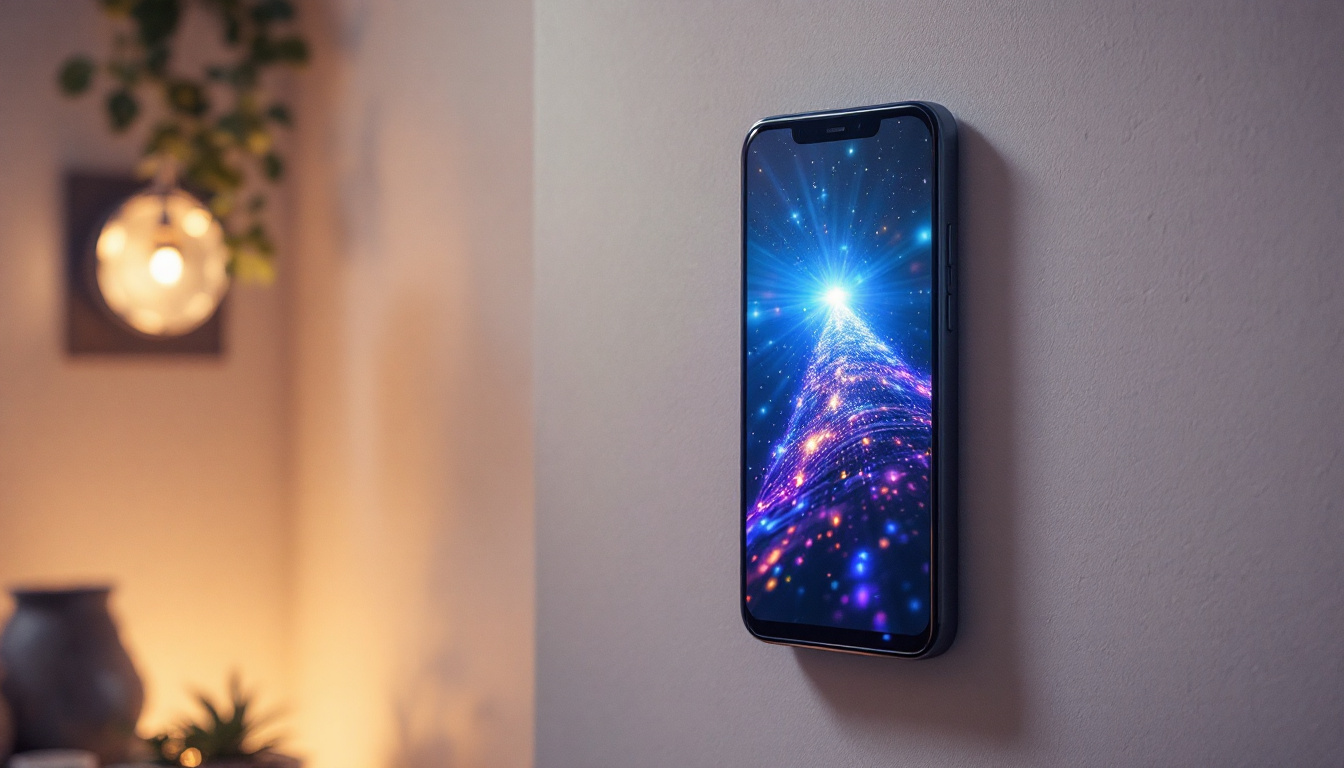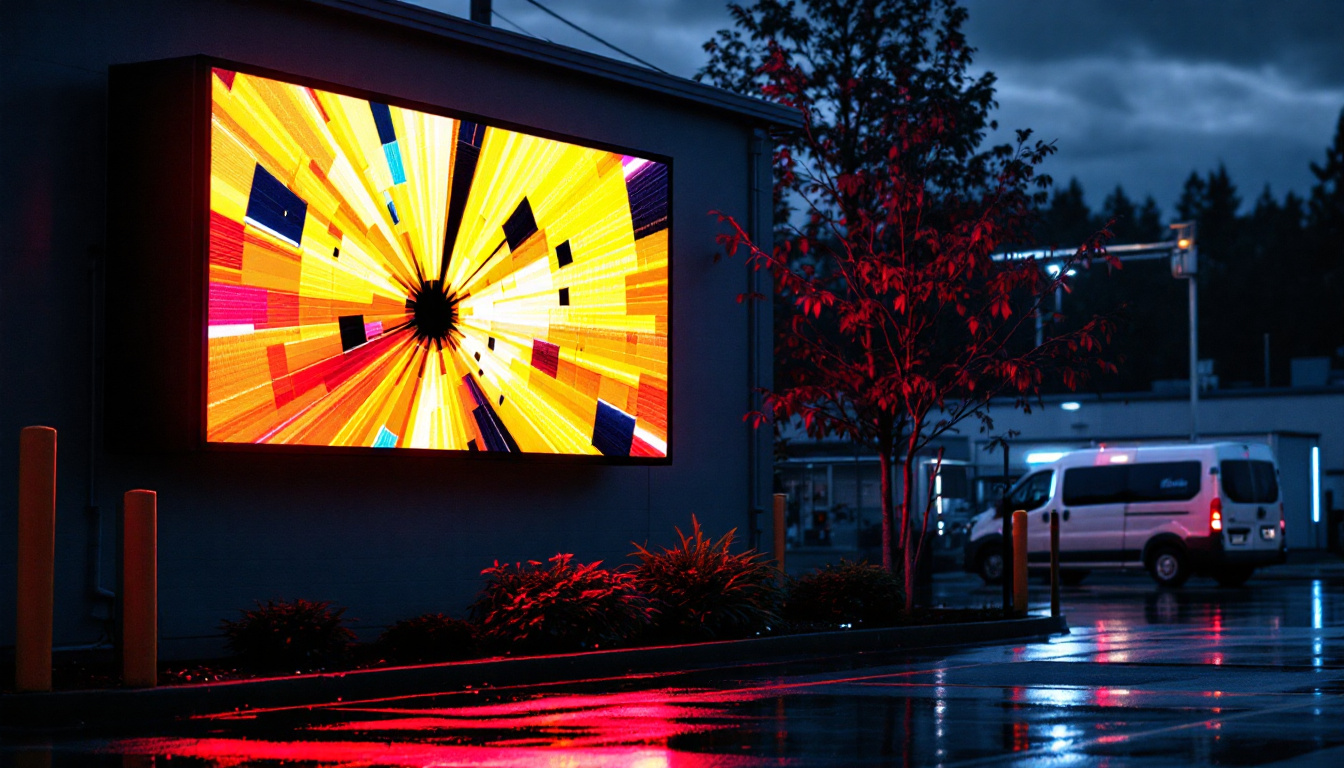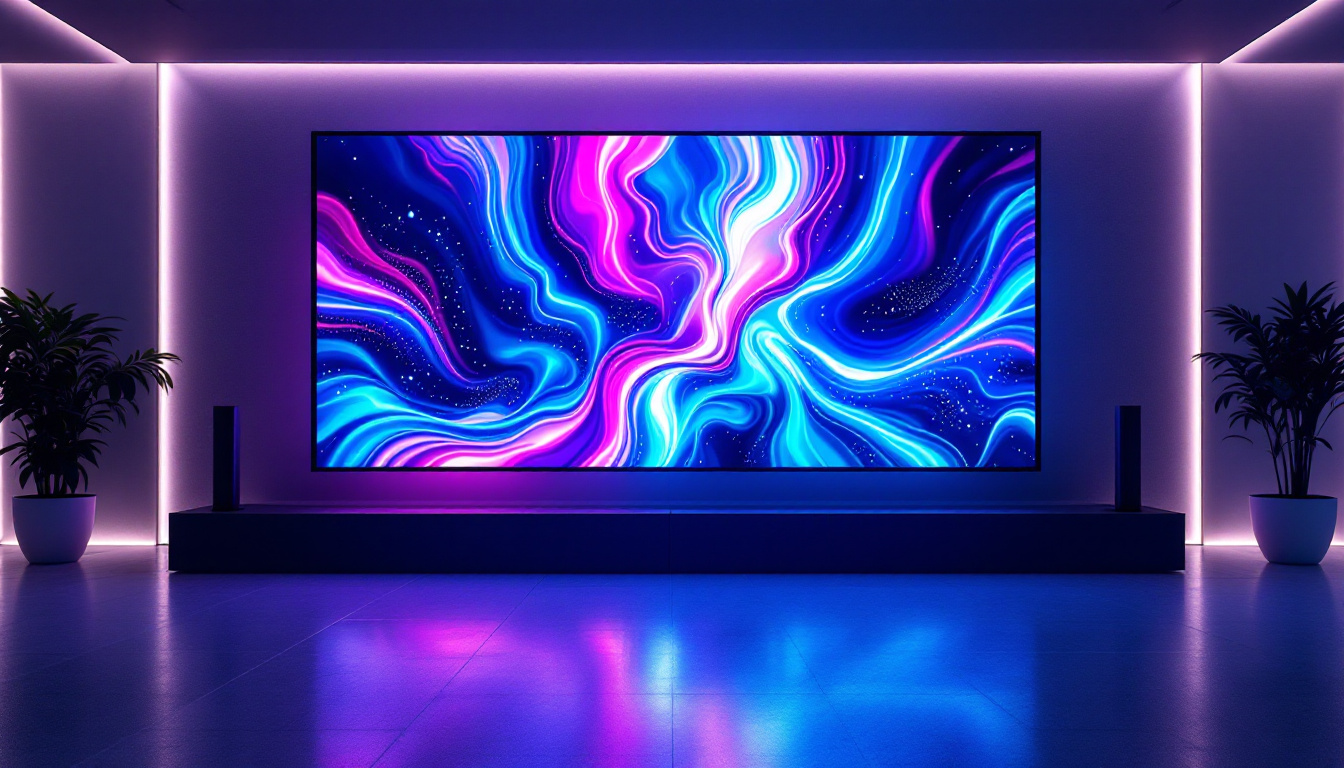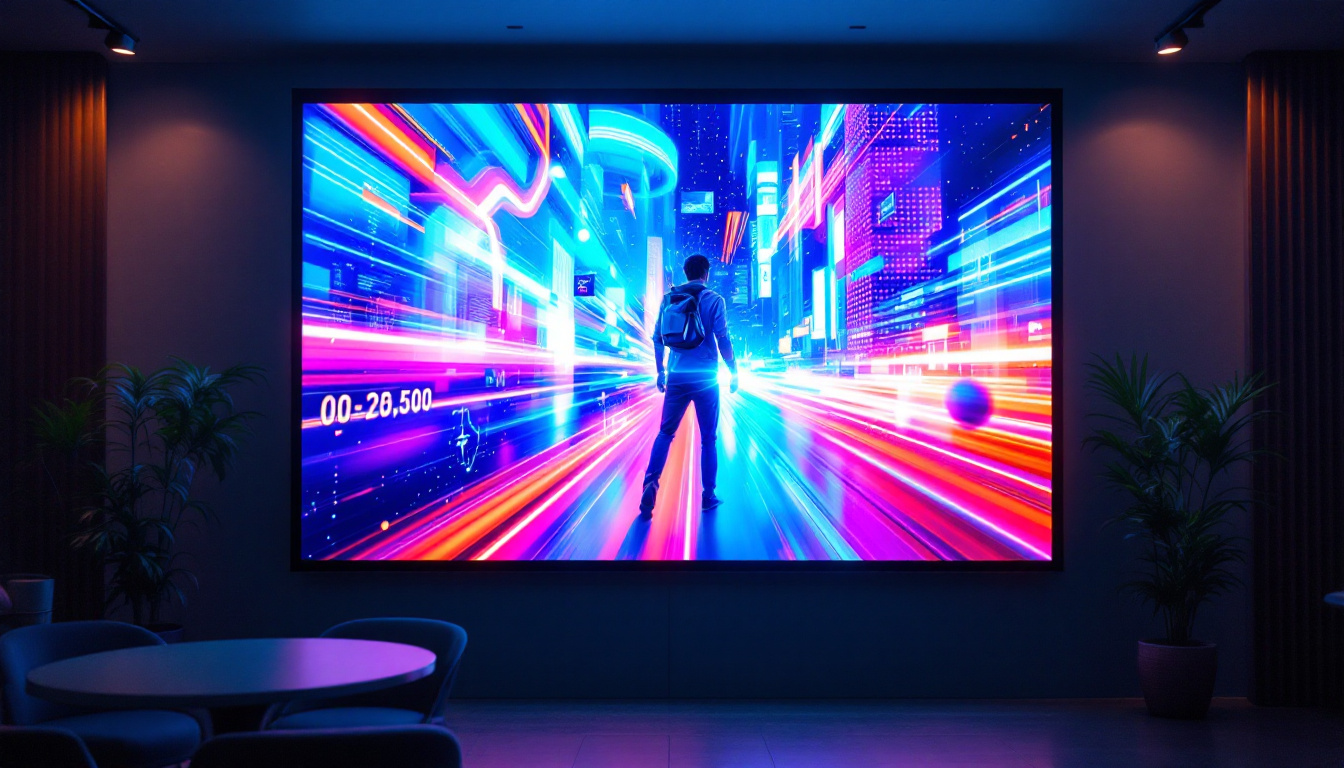In the world of electronics, the LCD control board plays a pivotal role in managing and displaying visual information on LED screens. Understanding how this component functions can shed light on the technology that powers modern displays. This article will delve into the intricacies of LCD control boards, their operation, and their significance in LED display technology.
Understanding LCD Control Boards
An LCD control board serves as the brain of an LCD display, orchestrating the various elements that contribute to the visual output. It is responsible for processing input signals and converting them into images that can be displayed on the screen. The control board interfaces with both the LCD panel and the LED backlighting, ensuring a seamless flow of information. This intricate relationship between components allows for the vibrant and dynamic visuals we often take for granted in modern displays, from televisions to computer monitors.
Components of an LCD Control Board
The LCD control board comprises several key components that work together to facilitate display functionality. These include the microcontroller, power supply, and various connectors. The microcontroller interprets the data received from the source device, while the power supply ensures that the board and display receive adequate energy. In addition to these primary components, capacitors and resistors are also vital for stabilizing voltage levels and filtering noise, which can significantly affect display quality.
Additionally, connectors play a crucial role in linking the control board to the LCD panel and other peripherals. These connections must be reliable to maintain the integrity of the display, as any disruption can lead to visual artifacts or complete failure of the screen. The design and quality of these connectors can vary, with some boards utilizing flexible flat cables (FFC) for compactness, while others may employ more robust connectors for enhanced durability in high-use environments. Understanding the specifics of these components can provide valuable insights into the overall performance and longevity of an LCD display.
The Role of Firmware
Firmware is a type of software embedded in the LCD control board that governs its operations. It dictates how the board processes incoming signals and communicates with the LCD panel. Regular updates to firmware can enhance performance, fix bugs, and add new features, making it a critical aspect of maintaining an LCD display’s functionality. Moreover, firmware can also optimize the display’s color calibration and refresh rates, ensuring that users experience the best possible image quality.
In many cases, manufacturers provide tools for users to update firmware easily, allowing for improvements without the need for specialized knowledge. This capability is particularly important as technology advances and new standards emerge, such as higher resolution formats or improved color gamuts. As a result, staying current with firmware updates can significantly enhance the viewing experience, providing users with sharper images and more vibrant colors while extending the lifespan of their LCD displays.
How LCD Control Boards Work
The operation of an LCD control board can be broken down into several stages. When a signal is received from a source device, the control board interprets this data, converts it into a format suitable for the LCD panel, and then sends it for display. This process involves complex calculations and timing to ensure that images are rendered accurately and smoothly.
Signal Processing
Signal processing is at the heart of how an LCD control board functions. The board receives digital signals, which may originate from a computer, gaming console, or other multimedia devices. These signals are often in a format that the LCD panel cannot directly interpret, necessitating conversion into a compatible format.
Once the signals are processed, the control board sends them to the LCD panel, where they are transformed into visible images. This involves modulating the light emitted by the panel’s pixels, which are controlled by the signals from the board.
Timing Control
Timing is crucial in the operation of LCD control boards. The control board must synchronize the display of images with the refresh rate of the LCD panel. A mismatch can lead to flickering or tearing, which detracts from the viewing experience. Advanced control boards utilize sophisticated timing circuits to ensure that images are displayed smoothly and without interruption.
Types of LCD Control Boards
There are various types of LCD control boards available, each designed for specific applications and display technologies. Understanding these different types can help in selecting the right board for a particular use case.
Standard LCD Control Boards
Standard LCD control boards are designed for typical consumer applications, such as televisions and computer monitors. These boards are optimized for performance and cost-effectiveness, making them suitable for a wide range of displays. They often support multiple input formats, allowing for versatility in connecting different devices.
Industrial LCD Control Boards
Industrial LCD control boards are built to withstand harsher environments and are often used in applications such as manufacturing, automation, and outdoor displays. These boards are designed with durability in mind, featuring enhanced protection against dust, moisture, and temperature fluctuations. They may also offer specialized features, such as extended temperature ranges and robust connectivity options.
Custom LCD Control Boards
For specific applications that require unique functionalities, custom LCD control boards can be developed. These boards are tailored to meet the precise needs of a project, whether it involves unique input methods, specific output resolutions, or integration with other systems. While more expensive than standard options, custom boards can provide significant advantages in specialized scenarios.
Applications of LCD Control Boards in LED Displays
LCD control boards are integral to a variety of applications, particularly in LED display technology. Their versatility and functionality enable them to be used in numerous settings, from consumer electronics to large-scale advertising displays.
Consumer Electronics
In consumer electronics, LCD control boards are found in televisions, computer monitors, and handheld devices. They manage the display of images, videos, and graphics, ensuring that users receive a high-quality visual experience. The demand for high-definition displays has led to advancements in control board technology, allowing for better image processing and faster refresh rates.
Advertising and Digital Signage
LCD control boards are also crucial in advertising and digital signage applications. Large LED displays in public spaces, such as shopping malls and stadiums, rely on these boards to present dynamic content effectively. The ability to update content in real-time and display high-resolution images makes them an attractive option for advertisers looking to engage audiences.
Automotive Displays
In the automotive industry, LCD control boards are used in dashboards and infotainment systems. They facilitate the display of critical information, such as speed, navigation, and multimedia controls. The integration of advanced features, such as touch sensitivity and voice commands, has further enhanced the functionality of these displays, making them more user-friendly and interactive.
Challenges and Considerations
While LCD control boards offer numerous benefits, there are also challenges and considerations to keep in mind when selecting and implementing them in LED displays. Understanding these challenges can help in making informed decisions regarding display technology.
Compatibility Issues
One of the primary challenges with LCD control boards is ensuring compatibility with various display technologies and input sources. Different panels may require specific control boards to function correctly, and mismatched components can lead to subpar performance or complete failure. It is essential to verify compatibility before purchasing or integrating components.
Cost Factors
The cost of LCD control boards can vary significantly based on their features and capabilities. While standard boards may be affordable, specialized or custom boards can be quite expensive. Budget considerations must be balanced with the desired performance and functionality, making it crucial to assess the specific needs of a project before making a decision.
Technological Advancements
The rapid pace of technological advancements in display technology can also pose challenges. As new formats and features emerge, older control boards may become obsolete. Keeping up with the latest developments and ensuring that systems remain up-to-date can require ongoing investment and attention.
The Future of LCD Control Boards in LED Displays
The future of LCD control boards in LED displays looks promising, with ongoing innovations poised to enhance their capabilities. As demand for higher resolution and more interactive displays continues to grow, control boards will need to evolve to meet these expectations.
Integration with Smart Technologies
One of the most significant trends is the integration of LCD control boards with smart technologies. This includes the incorporation of artificial intelligence and machine learning, which can optimize display performance and user interaction. Smart features such as adaptive brightness, content recognition, and personalized user experiences are becoming more prevalent.
Enhanced Energy Efficiency
Energy efficiency is another area where advancements are expected. As environmental concerns grow, manufacturers are focusing on developing control boards that consume less power while maintaining high performance. This not only reduces operational costs but also contributes to sustainability goals.
Support for Emerging Display Technologies
Emerging display technologies, such as OLED and microLED, are also influencing the design and functionality of LCD control boards. As these technologies gain traction, control boards will need to adapt to support their unique requirements, ensuring compatibility and optimal performance.
Conclusion
The LCD control board is a critical component in the functionality of LED displays, playing a vital role in processing and displaying visual information. Understanding its operation, types, applications, and future trends can provide valuable insights into the technology that shapes modern displays. As advancements continue to unfold, the importance of these control boards will only grow, paving the way for more innovative and engaging visual experiences.
Explore Cutting-Edge LED Displays with LumenMatrix
Ready to elevate your visual experience with the latest in LED display technology? LumenMatrix is at the forefront of innovation, offering a wide array of LED display solutions tailored to your needs. From captivating Indoor and Outdoor LED Wall Displays to dynamic Vehicle and Sports LED Displays, our products are designed to make your brand shine. Discover the transformative power of our LED Poster, Floor, Custom, All-in-One, and Transparent Displays. Embrace the future of visual communication with LumenMatrix and create unforgettable impressions. Check out LumenMatrix LED Display Solutions today and see your message come to life with clarity and impact.

